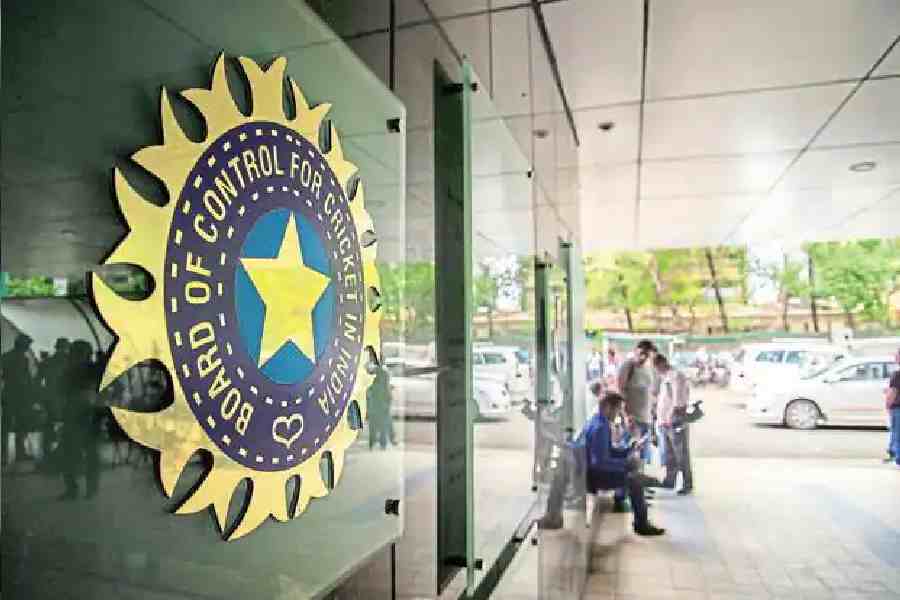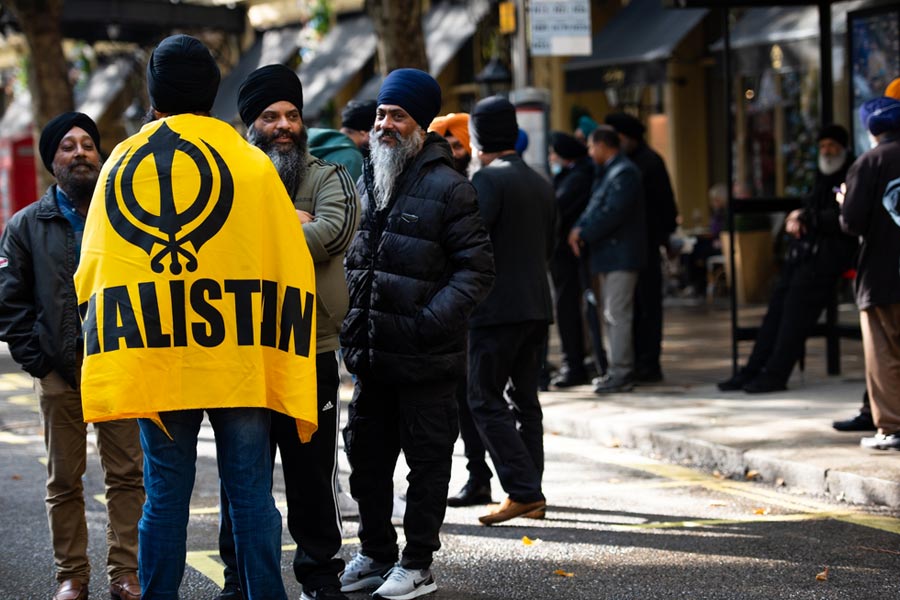 |
| Calcutta’s Metro cinema |
Thomas White Lamb (1871-1942), the American who designed our very own Metro cinema of 1935 vintage, was born in Dundee in Scotland. This happened at a time when Scots dominated the merchant houses of Calcutta, besides sundry other professions.
And now that we are aware that the days of this outstanding art deco theatre on Chowringhee — it will be turned into a multiplex soon — are numbered, we realise that it was not by sheer coincidence alone that this “Home of the Stars” exercised considerable influence even on the lives of ordinary Bengalis who would have thought twice before stepping into their portals bearing the “waterfall” style engaged columns. Once one discerned this motif all over the building, from the façade down to the details like the door handles and the long-vanished light fixtures, so strong was its message that it reached far and wide, and impacted style cutting across class.
The Metro cinemas of Calcutta and Bombay (it opened in 1938) shared their hallowed lineage with a long line of theatres in the US created by Lamb, who was one of the foremost designers of “movie palaces” in the 20th century. He had created hundreds of them from the 1920s onwards. Lamb came to the US at the age of 10, and although facts about his education and training are not available, it is known for sure that his first project in New York was a small club house. In the beginning, lofts and garages were what Lamb put together, but in 1909 theatre entrepreneur William Fox commissioned him to design a theatre, which soon became his forte.
It did not take Lamb long to become one of the most successful theatre designers anywhere, and his creations dotted not only the wide expanse of the US but beyond it as well. By the time of his death in 1942, this king of theatres had fashioned 300 movie halls all over the world in a mind-boggling variety of styles in keeping with the latest architectural trends. These cavernous halls were swathed in tons of highly ornamental plaster and had the ability to dazzle thousands of moviegoers with their splendour and opulence that recalled all things grand and splendid from the Doge’s palace in Venice to the monuments of Egypt.
 |
| The Metro cinema of Bombay, which opened in 1938 |
Lamb’s early trademark was the use of terracotta on the Roman-style facades, but by the end of the 1920s, the ultra chic of art deco had caught on. Lamb’s Metro cinemas in both Calcutta and Mumbai are in the art deco style. The one at Dhobitalao in Mumbai turned into a multiplex in 2005, keeping its unique architectural elements, murals and chandeliers intact. All these novel accessories are gone from the Calcutta hall.
Art deco became so popular both in Calcutta and Mumbai after the Metro cinemas opened that buildings and cinemas in that style began appearing all over. The Metro, owned by the MGM then, became the hallmark of modernity and the good life, and art deco became the style of the moment.
In Calcutta, art deco became synonymous with the Chowringhee movie palace and it turned “Metro pattern” in common parlance. “Metro pattern” sari borders, bangles, earrings, furniture, and light fixtures became must-haves. “Metro pattern” houses and staircases spread from CR Avenue to New Alipore and were popular right up to the 1960s. The sans serif typeface too borrowed its name from it. Few, however, are aware that a Scotsman was behind it all.











